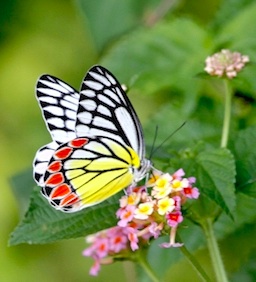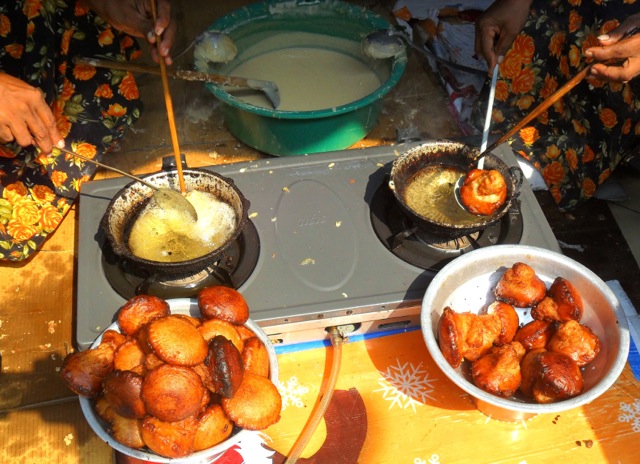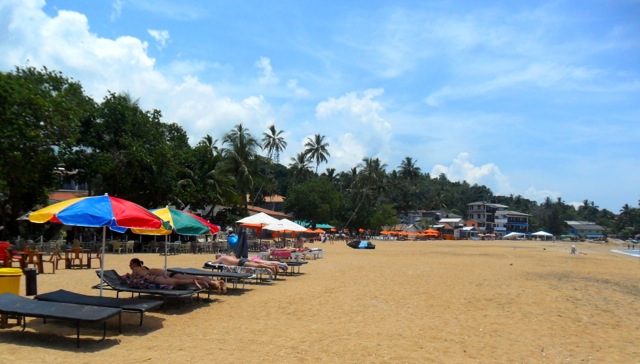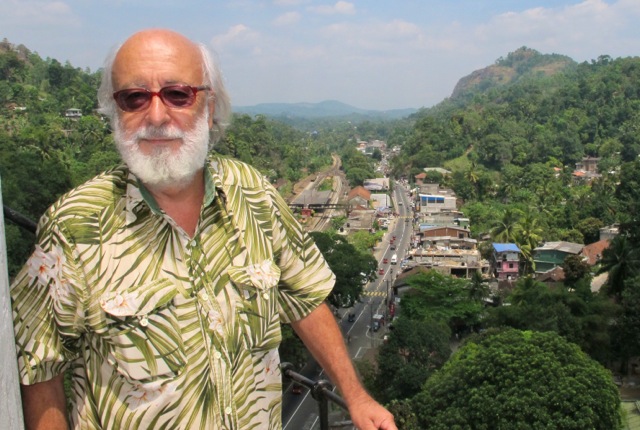SRI LANKA ROUNDABOUT (Number 21) – Butterflies
by · Published · Updated
A weekly look at Sri Lanka for Jetwing by Royston Ellis
Welcome to Jetwingers around the world to this week’s issue of my regular Jetwing newsletter about Sri Lanka.
Butterflies
Of the 20,000 species of butterflies in the world nearly 1.25% (245 species) are to found in Sri Lanka.Different sources give the number of endemic butterflies (that is those native to Sri Lanka) as between 20 and 26. Some 76 to 99 species are regarded as threatened while the Ceylon Rose (Pachlioptajophon) is stated to be ‘critically endangered.’
Although the Fauna and Flora Protection Ordinance lists all butterflies in Sri Lanka as protected their environment is not. Because of unplanned development projects, their habitat gets degraded. Coastal habitats are threatened due to the development of hotels and resorts in many near-pristine areas of the coast. The heavy use of pesticides also destroys various stages of a butterfly’s life cycle.
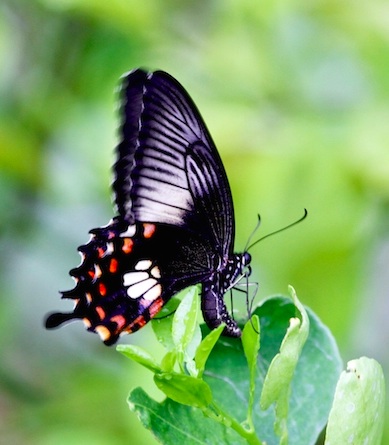 The Common Rose (Pachliopta aristolochiae)
The Common Rose (Pachliopta aristolochiae)
The distribution of butterflies in Sri Lanka is largely determined by climate, topography and the underlying geology of the land, as these factors determine the types of vegetation that will grow in a particular area.
To encourage appreciation of Sri Lanka’s butterflies, one was adopted in 2010 as a national symbol of Sri Lanka; this is the Sri Lankan Birdwing (Troidesdarsius) which is actually the country’s largest. It has a wingspan spreading 165 to 180mm. The upper wings, which measure six inches across, are of deep velvet black, the lower, ornamented by large particles of satiny yellow, through which the sunlight seems to pass. Few insects can match it in bold beauty and it seems an appropriate symbol for the natural beauty of this island.
Provincial Symbols
Since butterflies cause pleasure both to Sri Lankans and visitors, it was decided to extend their recognition by naming one as the symbol of each of the island’s nine provinces.
The butterfly chosen as the symbol for the Western Province (which extends southwards from Negombo to Aluthgama so this is the butterfly of Colombo too) is the Blue Glassy Tiger (Ideopsissimilis). It frequents the southwest coast, flying among bushes and flowers.
Those of the other eight provinces are:
Central Sri Lankan Monarch, aka Sri Lankan Tiger, (Paranticataprobana)is an endemic, forest loving species found in the island’s centre.
Eastern Spot Swordtail (Graphiumnominus). To be seen during the dry months of August and September on wet soil like river banks.
Northern Large Guava Blue (Viracholaperse). A pretty light blue butterfly that flies fast.
North Central Banded peacock (Papiliocrino). Flies fast, more common in dry zone.
North Western Sri Lanka Lesser Albatross (Appiasgalene). Endemic and often seen in large numbers
Sabaragamuwa Sri Lanka Rose (Pachlioptajophon) Endemic and endangered.Ornate rosy markings.
Southern Sri Lanka Tree Nymph (Idea iasonia). Endemic. Prefers forests and has a floating, slow flight.
Uva Baronet (Symphaedranais). Migratory. Feeds on wet soil.
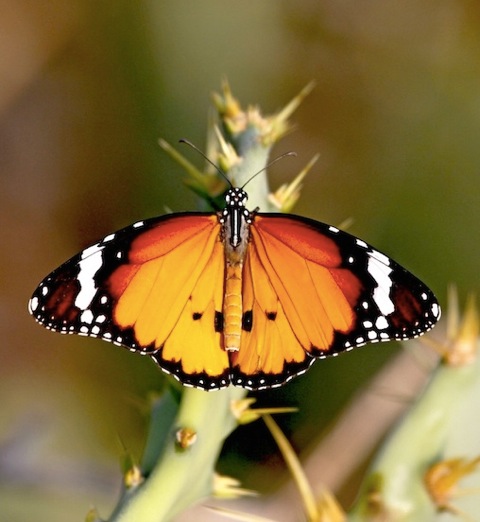 The Plain Tiger (Danaus chrysippus)
The Plain Tiger (Danaus chrysippus)
While butterflies can be seen throughout Sri Lanka there are several areas where they are more frequent. The UNESCO World Heritage Site of Sinharaja Forest is rich in butterflies with half of the island’s endemic mammals and butterflies being present.
Royston Ellis (www.roystonellis.com) is a British author resident in Sri Lanka since 1980

